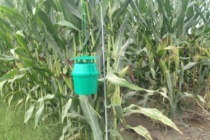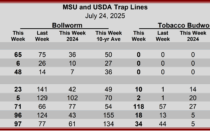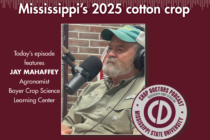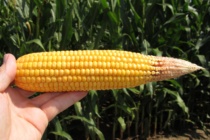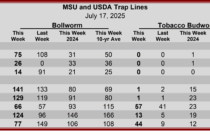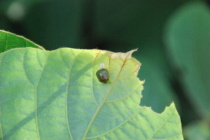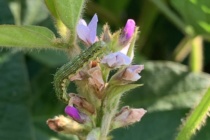Podcast: Clearing the Way for the Combine with Corn Harvest Aids
Erick called into the Crop Doctors’ Podcast studio in Stoneville to discuss the strategic use of harvest aids to desiccate weeds ahead of corn harvest. Erick, Jason, and Tom cover timings, product options, and key considerations for maximizing effectiveness while minimizing


